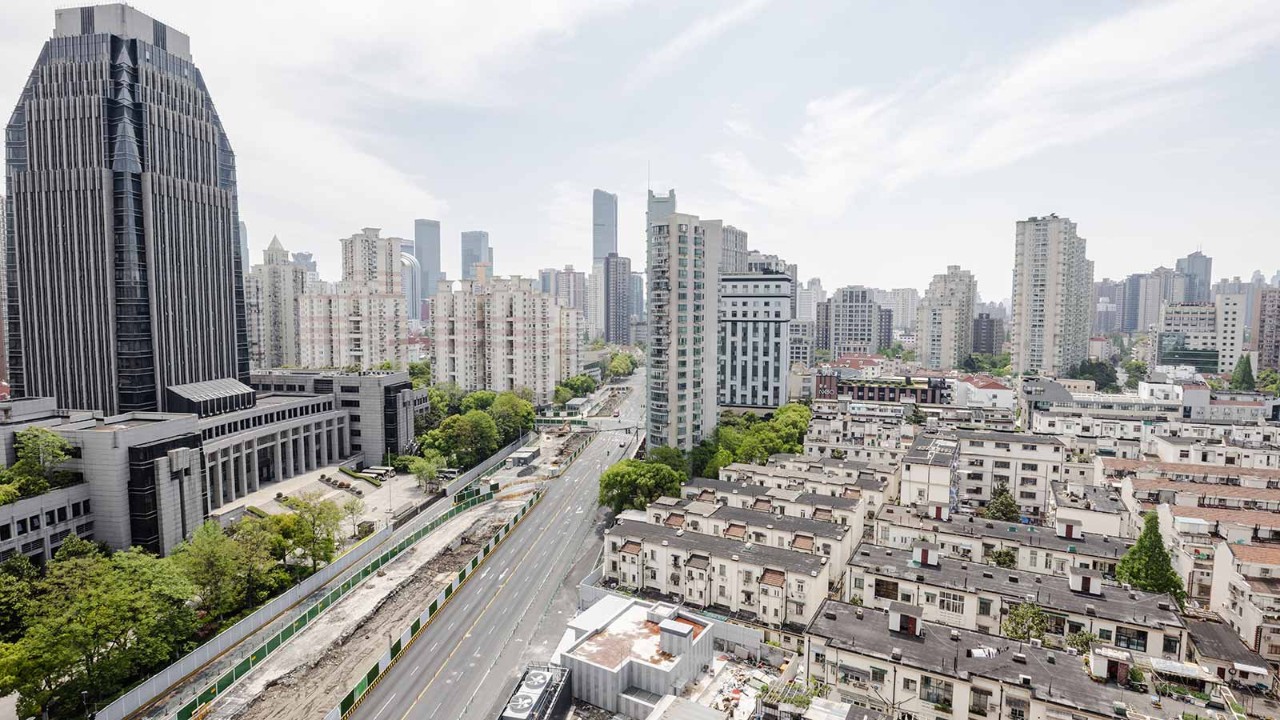
The headwinds to growth in South-East Asia have heightened of late. As the US Federal Reserve Bank raises rates, global financial conditions have tightened, raising the cost of capital and unnerving investors. Geopolitical uncertainties add to the pain.
Indeed, the European Commission’s proposal for a phased ban on importing Russian oil, which prompted a rise in oil prices, reminds everyone of how politics can affect economies. China’s economy has also lost momentum, as Covid-19 infections in major hubs of economic activity lead to lockdowns, which then cause supply chain dislocations.
On balance, we continue to believe that the regional economies can withstand these downward pressures and deliver reasonable growth – on the back of the rebound from the pandemic-induced slowdown and some positive structural drivers.

Consumption activities have recovered, which, in turn, have boosted service sectors
Positive surveys
The recent purchasing manager surveys show an encouraging degree of resilience in the region, at least up to April. Most of the purchasing manager indices for the regional economies have either risen or stayed flat since March, when higher energy prices and supply chain dislocations began to be felt. Encouragingly, in Indonesia, Thailand, the Philippines and Vietnam, the pipeline of new business - which foretells future production – actually picked up in April over March.
As we dig deeper into the economic numbers, we find good reasons to believe that this resilience can be sustained.
Covid recovery
First, countries in the region have largely quelled the surges in Covid infections and have made progress in vaccinating their populations. This has allowed the authorities across the region to significantly ease the restrictions on activity that were brought in to contain the pandemic. As a result, consumption activities have recovered, which, in turn, have boosted service sectors such as food and beverages, entertainment and domestic travel.
In addition, most countries in the region have made it easier for tourists to enter their countries. There are signs from hotel bookings and airlines that tourist arrivals will rebound robustly from May onwards. In the meantime, airlines, airports, hotels and affiliated businesses are rehiring workers and giving orders to their suppliers in preparation for the return of tourism.
Governments in the region are reviving infrastructure projects that had been delayed or deferred
There are also structural forces that are adding to the recovery momentum. Governments in the region are reviving infrastructure projects that had been delayed or deferred because of the pandemic. Moreover, foreign investment is also coming back to the region, some of it propelled by production relocation and others attracted by the improved fundamentals in the region as a result of policy reforms such as the changes to the labour laws in Indonesia.
Policy decisions
The world economy remains highly prone to political and financial shocks. It is not only the US Federal Reserve that is raising rates and reducing liquidity: other central banks are also reversing the ultra-easy policies of the past two years.
As a result, Asian central banks will have to tighten monetary policies as India has just done. South-East Asian central banks will have little choice but to step up rate increases, beginning in the second half of the year. Tighter financial conditions could produce sharp corrections in equity, bond and real-estate markets, and these in turn could hurt economic activity.
South-East Asian central banks will have little choice but to step up rate increases
In China, the emergence of Covid hotspots in different areas of the country, have prompted slower demand growth, factory closures, port congestion and other dislocations that could hurt South-East Asian exporters. However, that risk has been mitigated recently as a result of clear signs that the policymakers are now focused on expansionary policies. There have been calls for a major push to build infrastructure, while the authorities have announced measures to support employment and to provide relief to struggling small and medium enterprises.
Sustainable resilience
Taking everything into consideration, our view is that South-East Asian resilience is not a passing phenomenon but something that can be sustained. Global investors have shown their confidence; note how the regional currencies have largely held their value even as the US dollar has surged against major currencies such as the yen and the euro.
This is the result of improved policy credibility for the bigger economies in the region. So long as competent economic managers pursue sound policies, the region is likely to remain resilient.



